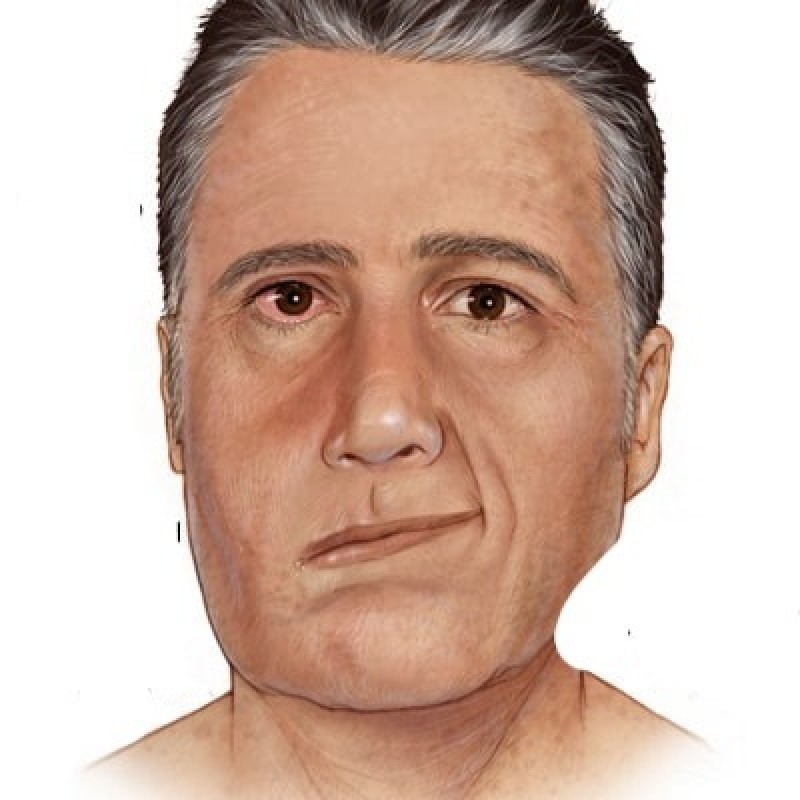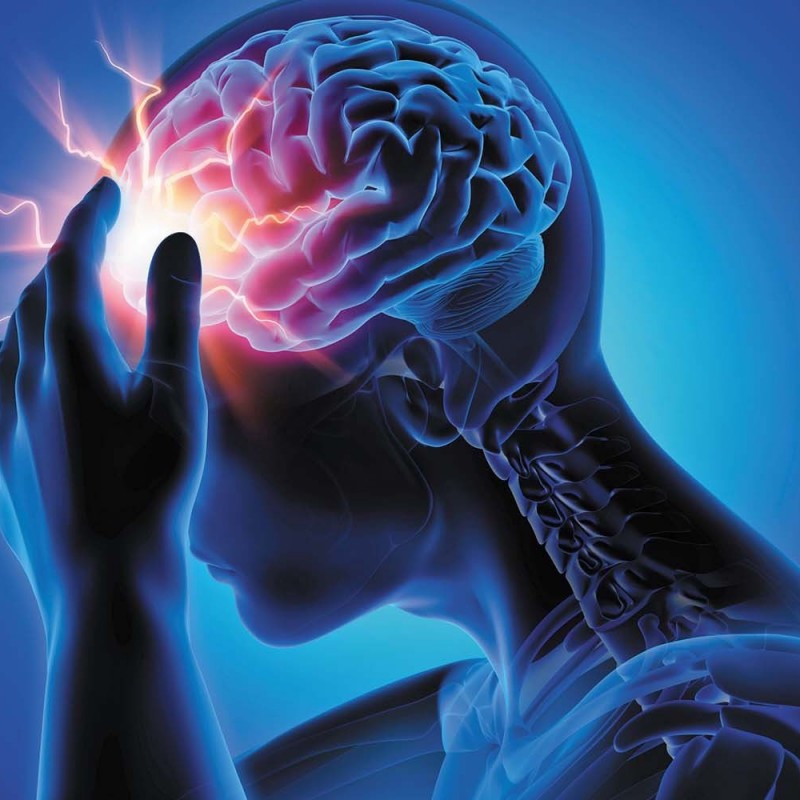Migraines, which often begin in childhood, adolescence, or early adulthood, can occur in four stages:
1. Gesture prodrome
2. Aura
3. Attack
4. Post-attack
Not everyone who has a migraine goes through all of these stages. Here is the detail
1. Gesture symptoms
A day or two before a migraine, you might notice subtle changes that warn of an upcoming migraine, including:
* Constipation
* Mood changes, from depression to recovery
* The craving to eat certain types of food
* Stiff neck
* Increased sense of thirst and the urge to urinate
*Yawning a lot*
2. Symptoms of aura
It comes before the headache:
* Visual phenomena, such as seeing multiple shapes, bright spots, or flashes of light
*losing eyesight*
A tingling feeling like pins and needles in the arm or leg
Weakness or numbness in the face or one side of it
* Difficulty speaking
*hearing noises
Vibrational or other involuntary movements
3. Seizure symptoms
Untreated, migraines usually last 4 to 72 hours, and the frequency of migraines varies from person to person.
Symptoms of this stage include:
Pain on one side of the head, but often on both sides
* pulsating pain
Sensitivity to light and sound, and sometimes smells and touch
*Nausea and vomiting
4. Post-attack symptoms
* After a migraine attack, you may feel exhausted, confused and out of focus for a day.
* Some people reported feeling excited.
* A sudden movement of the head may bring the pain again for a short period.
When do you visit the doctor?
* Sudden, severe headache
Headache with fever, stiff neck, mental confusion, seizures, double vision, weakness, numbness, or difficulty speaking
A headache after a head injury, especially if the headache becomes worse
A chronic headache that gets worse after coughing, exertion, straining, or sudden movement
Causes
Although the causes of migraines are not fully understood, genetics and environmental factors appear to play a role.
Changes in the brainstem and its synapses with the trigeminal nerve may be involved.
Therefore, an imbalance of brain chemicals, including serotonin, contributes to headaches
Migraine triggers
1. Hormonal changes in women Fluctuations in estrogen, such as before or during menstrual periods, pregnancy and menopause, seem to cause headaches for many women.
Hormonal medications, such as oral contraceptives and hormone replacement therapy, can also trigger headaches
2. Drinks: Like a lot of caffeine, as in coffee.
3. Stress: Stress at work or at home can cause migraines
4. Sensory stimuli: Bright lights and sunlight can trigger migraines, as can loud sounds and strong smells.
5. Sleep changes: Loss of sleep, excessive sleep, or disruption associated with travel can lead to sleep deprivation.
6. Climate changes. Change in weather or atmospheric pressure.
7. Medicines: such as oral contraceptives and vasodilators, such as nitroglycerin
8. Foods: such as cheese, salty foods, processed and added foods
risk factors
1. Family history: If you have a family member who suffers from migraines, you may also have an increased chance of having them.
2. Age. Migraines can begin at any age, although the first often occurs during adolescence, peaks in the 30s, after which it becomes less severe.
3. Gender: Women are three times more likely to have migraines.
4. Hormonal changes: For women with migraines, headaches may start before their period or shortly after the start of menstruation. It may also change during pregnancy or menopause. Migraines generally improve after menopause
Treatment
1. Pain relievers: These include over-the-counter NSAIDs such as Ibuprofen, Olfen, and Ponstan.
2. Triptans: These are prescription medications such as sumatriptan and rizatriptan
3. Dihydroergotamine: Available as a nasal spray or injection
4. Opioids
5. Antiemetics
Preventive medicines
1. Antihypertensive drugs: These drugs include beta blockers such as propranolol, and calcium channel blockers such as verapamil.
2. Antidepressants: such as tricyclic (amitriptyline), but due to its side effects, such as drowsiness and weight gain, other antidepressants can be prescribed instead.
3. Anti-seizure drugs: Valproate and topiramate may help reduce the frequency of migraine headaches
4. Botox injections: Onabotulinumtoxin A injections, given every 12 weeks, help prevent migraine headaches in some adults.
5. Monoclonal antibody to calcitonin gene-related peptide (CGRP)


